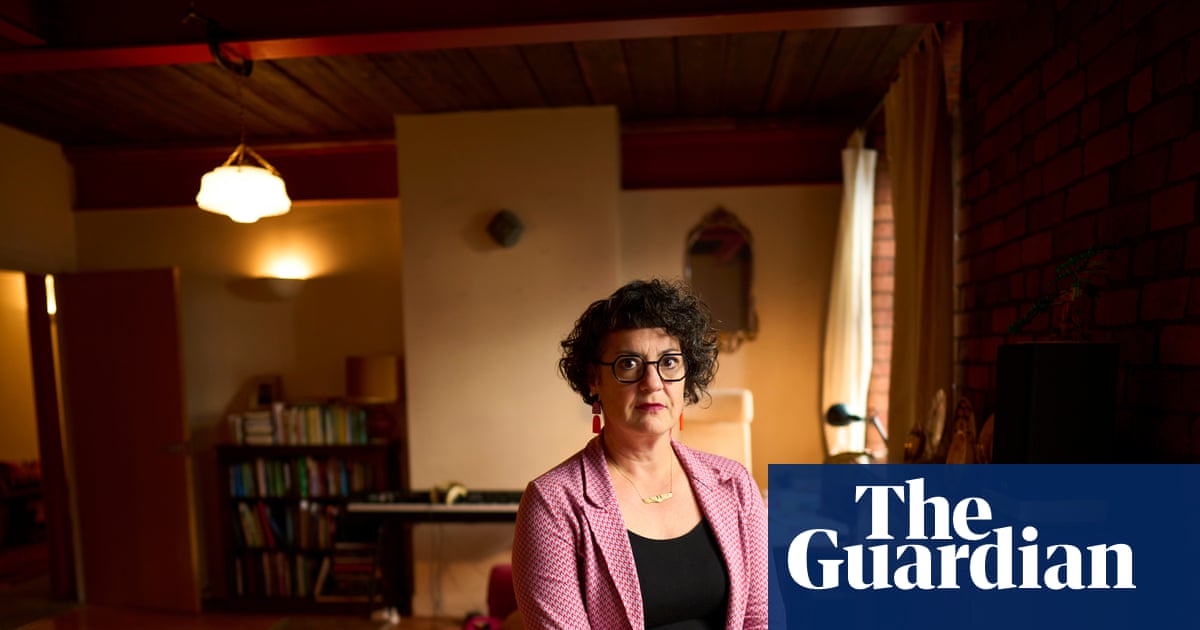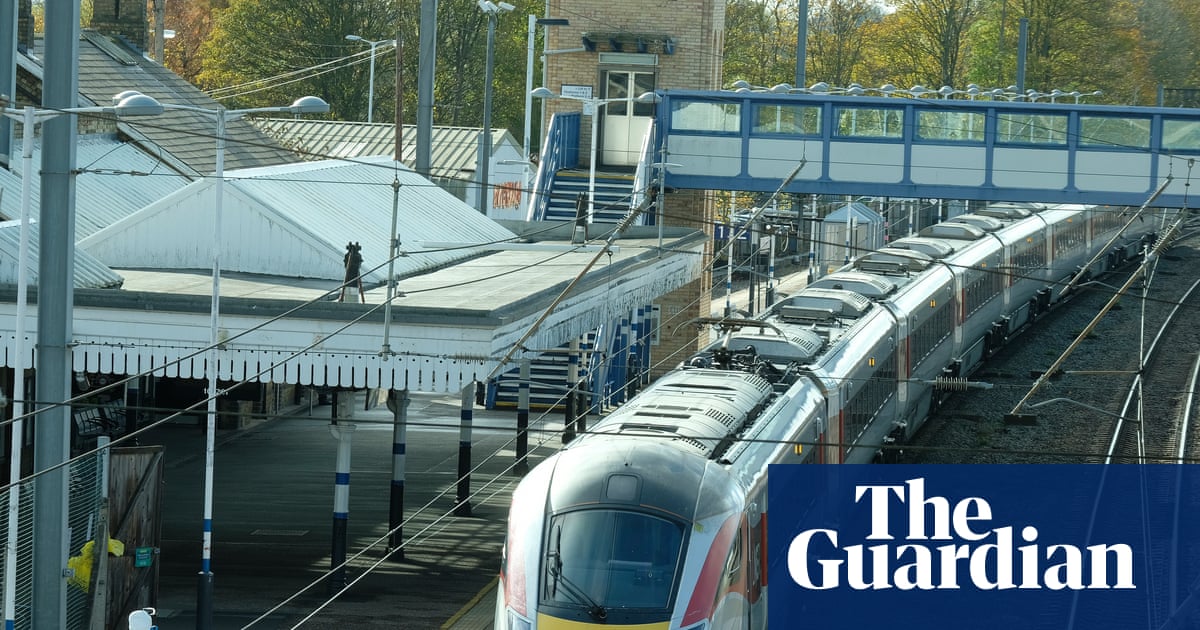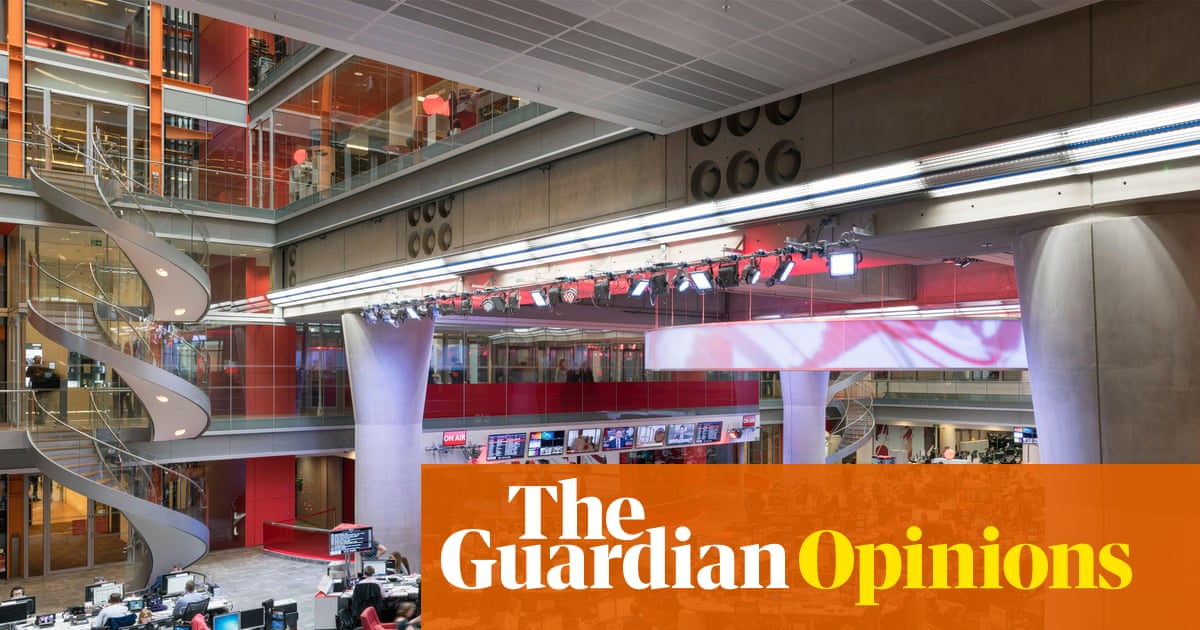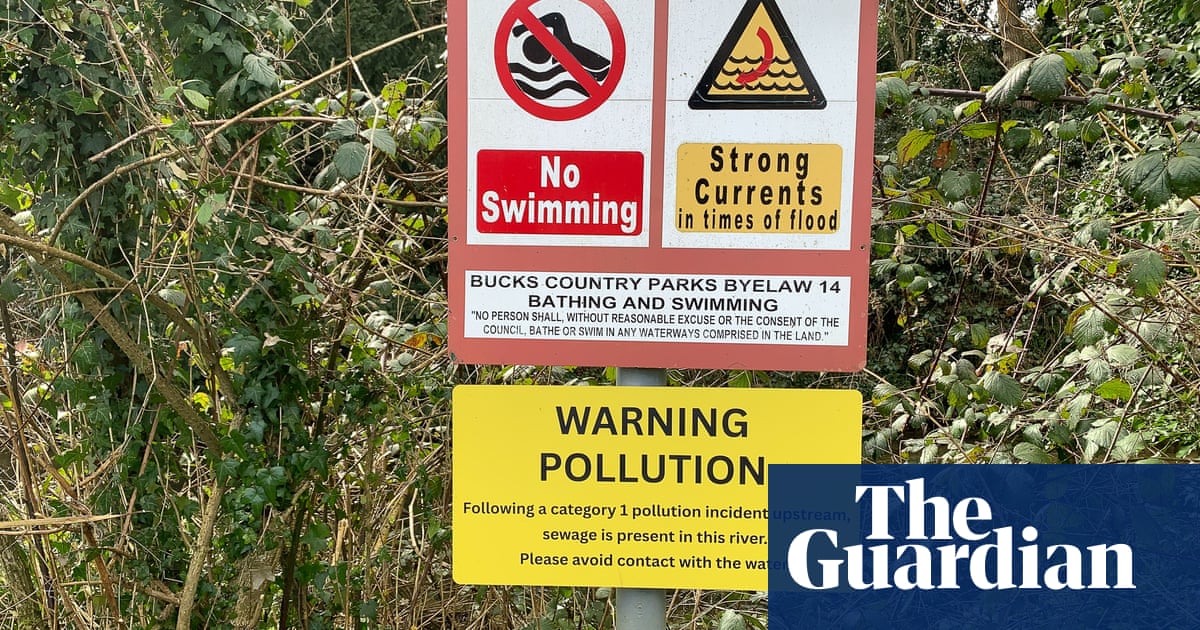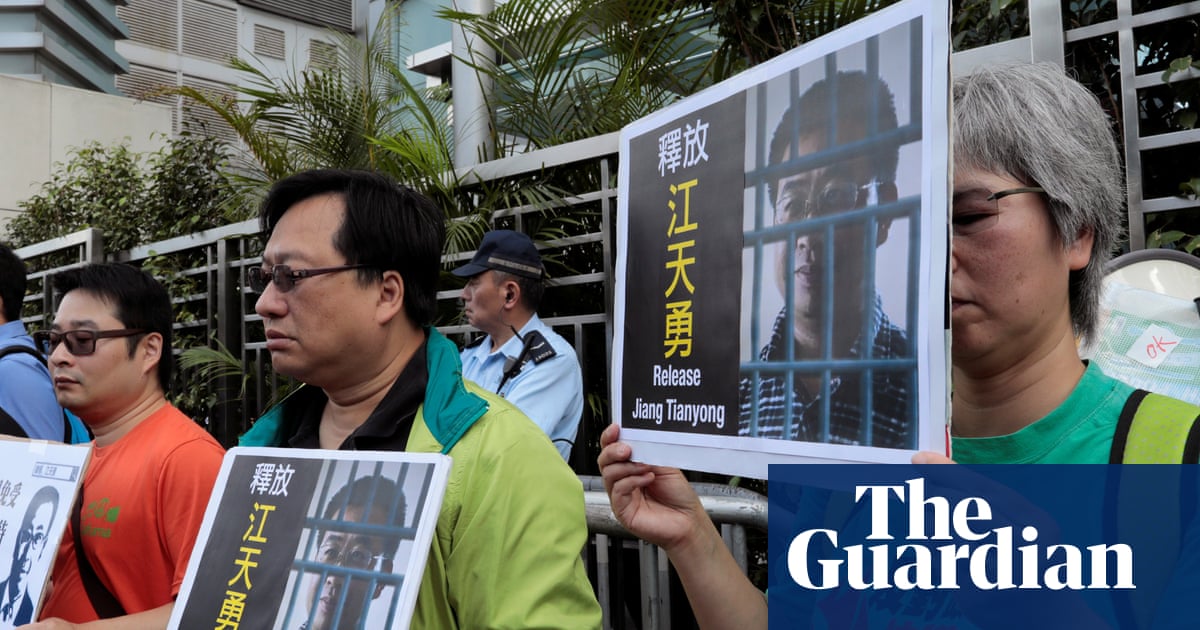On a site a little smaller than a football pitch in Manchester, England, issues of racial justice, the country’s housing crisis and the fight to preserve Britain’s social clubs collide.
This sliver of land in Moss Side has been earmarked for more than two hundred units by developers. But community leaders have major concerns about what it means for the future of Moss Side – a historic centre for the country’s post-Windrush Black community.
The proposed site is next door to the West Indian Sports and Social Club (WISCC), the oldest surviving venue of its kind in the UK. Co-founded by the Nobel prizewinning St Lucian economist W Arthur Lewis in 1953, the Westwood St venue, with the dedication of volunteers, has weathered the social and economic changes that have decimated the UK’s pubs, clubs and community spaces.
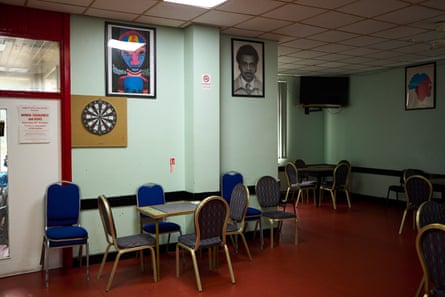
True to Lewis’s vision of community centres as vehicles for economic and educational progress for descendants of slavery, WISSC has been an engine of social mobility and solidarity in Moss Side, helping young people into professions and trades, providing food and support to people in difficulty, and becoming a hub for campaigning, services and raising capital, as well as a venue for weddings, funerals, drinks and dominoes.
But against a backdrop of venues across the UK being threatened by residential development, Moss Side residents fear the proposed development would bring noise complaints, while extra traffic will disrupt events at other cherished local sites, including the nearby church and Powerhouse youth centre.
At the same time, the proposals have sparked questions over why a development of this density – 212 one- to five-bedroom units – has been earmarked for one of the country’s most densely populated areas. Geographically, Moss Side is the third-smallest ward in the city of Manchester, but with 21,827 people recorded living there, it has the second-biggest population. With 133 people per hectare, population density is nearly six times the Greater Manchester average (23), and 475 times the UK average, which encompasses major cities and thinly inhabited rural areas.

Tom Nelson, a volunteer leader at WISSC, said: “We know there’s a housing crisis,” but added: “These plans are to the detriment of the last remaining, fully functioning, financially independent, democratic Black-led organisation of the Windrush era.”
Nelson said: “The licence has always been crucial because it’s the thing that ensures our income generation and our independence.”
Gabrielle Cox, a longstanding Moss Side campaigner, has analysed forthcoming development across wards outside Manchester city centre, comparing housing density, facilities offered, existing population density and ethnic diversity, and is convinced the proposals offered for Moss Side compare unfavourably. But Manchester city council says the proposed properties are “attractive”, that “overcrowding” in Moss Side makes new development “urgent” – and that it is committed to protecting WISCC.
Cox says if the development goes ahead, the city risks “building discrimination” – repeating the mistakes of the late 20th century, when Hulme Crescents, neighbouring Moss Side, became infamous as an example of a failed high-density housing scheme. Black and white residents alike who had owned and occupied older Edwardian properties were subjected to compulsory purchase orders to make way for council developments such as Hulme Crescents in the 60s. While the proposed Moss Side scheme doesn’t involve demolishing cherished streets, memories of the experiment run deep.

The debate is raging as Manchester’s building boom spreads from the city centre to suburbs. And it comes at a time when a number of historic Black community spaces in the UK have been fighting for survival – including Bridge Park in Brent, London and the Marcus Garvey Centre in Nottingham. Ironically, were the Moss Side development to go ahead, it would be on the site of a historic lost Black venue, The Reno – and would be named after it.
The government has acknowledged the risk that development is posing to licensed premises, promising “greater protection” to stop established venues facing noise complaints from new neighbours.
WISCC fears development will impede plans to expand and modernise the club – forged in an era when the average member was a cricket-loving transport worker – to ensure its relevance for future generations, a plan given extra urgency because, since the Black Lives Matter protests of 2020, official progress to recognise Manchester’s Black history in the public realm has moved slowly. Plans include a space for performing arts, a West Indian restaurant and a Black history museum.
Cox added: “This development is being forced on us.
“Manchester as a city benefited hugely from slavery, and the Windrush generation descendants contributed enormously, but for a long time didn’t feel welcome. With that in mind, why can’t they see that the WISCC is a special space that they ought not to threaten?”
after newsletter promotion

Roy Walters, a former lord mayor of Manchester and WISCC committee member, is also concerned about the scheme.
He said: “I’m not opposing the building of houses. It’s the number of units and being so near the club. I don’t think it’s a right standard for the area. We have enough concrete blocks around us already – people feel they are being choked.”
Gavin White, executive member for housing and development at Manchester city council, said it was “no secret” that Moss Side was densely populated, with residents facing some of “the highest levels of overcrowding in the city”.
He added: “Manchester is fighting a housing crisis … that’s why we have committed to building at least 10,000 affordable homes over the next decade. The Reno scheme takes underutilised, brownfield land and features a range of homes which will be made available to Moss Side residents as a priority.
“We very much understand the significance of the Reno as well as the [WISCC] … we want to protect and ensure their legacy lives on.”

Charlie Norman, chief executive of MSV Housing, described the project as a “life-changing” opportunity for Moss Side.
In a joint statement, MSV and MCC said they were committed to ensuring “agreement of terms for a new long-term lease” for WISCC that would “provide a new platform for funding and investment opportunities to fully realise its aspirations”. They said they had been working “hand in hand” with trustees and that the proposals had been “significantly revised” after community feedback.
The plans propose 100 social rent properties, 28 for older people and 84 rent-to-buy properties on phases of three to six storeys, with a 10-storey gateway building and wheelchair-accessible properties.
“Without key sites like this, the city will not be able to deliver the homes needed by residents and meet the council’s objectives,” the joint statement said.
“There are more residents on the waiting list in Moss Side than in any of the other 31 wards of the city. It is envisaged that the new homes at the Reno will increase housing options for these people whilst also facing into the overcrowding crisis Moss Side is currently experiencing.
“The Reno scheme seeks to address [under occupied homes] through the provision of smaller homes that are affordable, adaptable, accessible and easier to manage without residents having to move outside of the community, whilst also providing apartments targeted at a younger demographic – particularly those key workers currently out-priced by the rising local private rented market. Taking on board the community’s views has been central to the development of the plans.”

.png) 1 month ago
39
1 month ago
39

